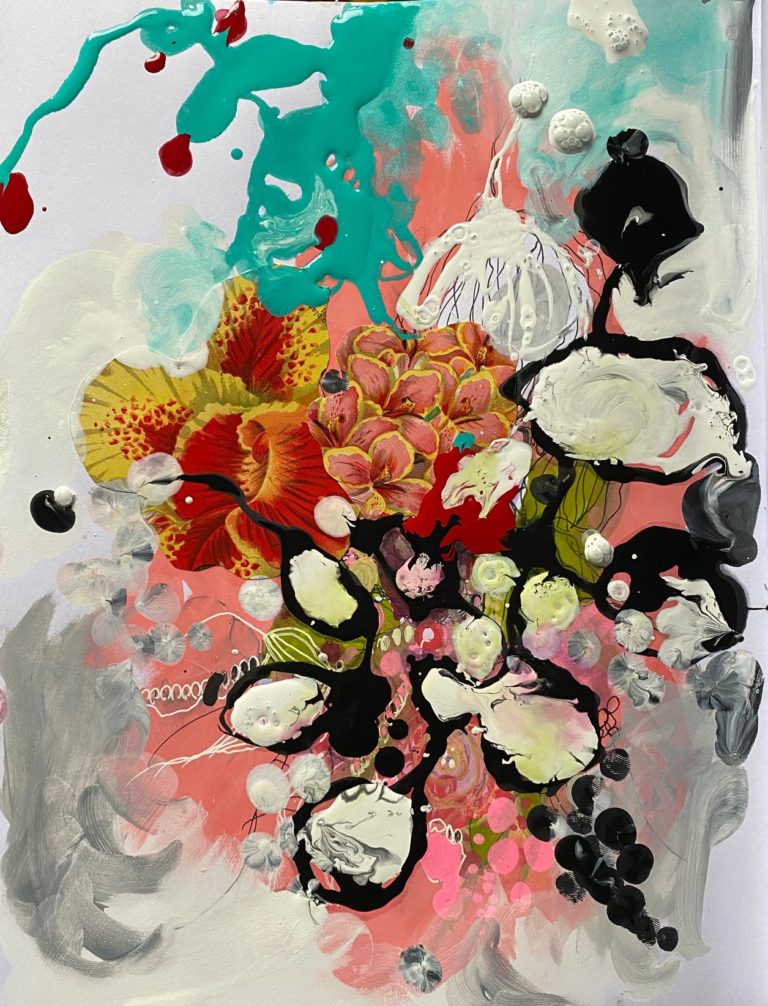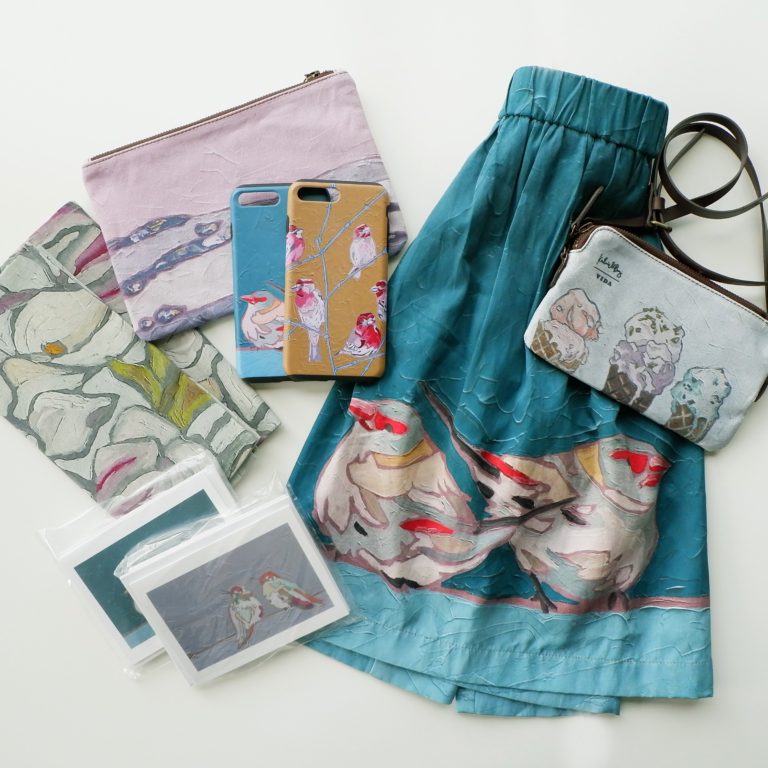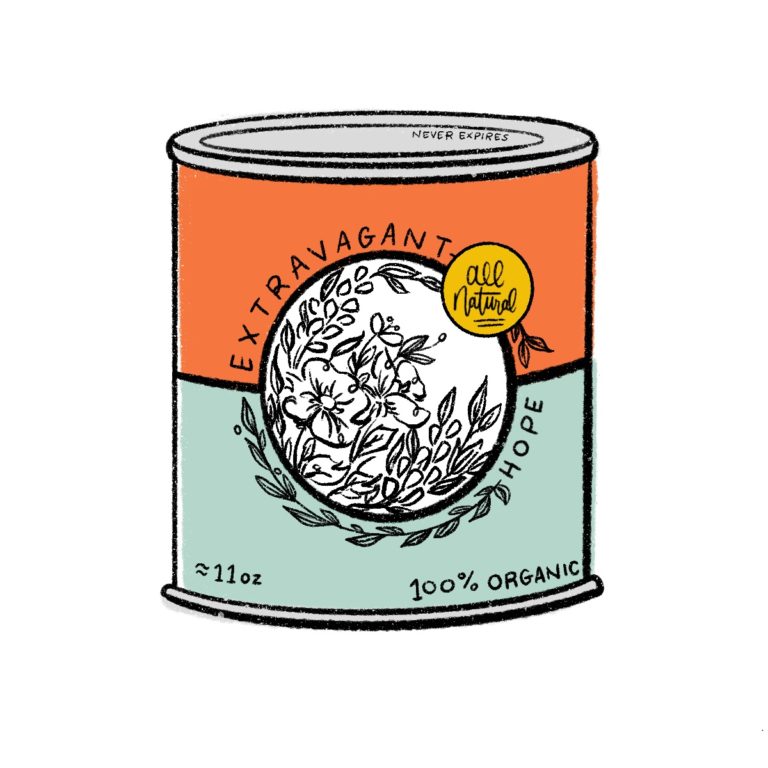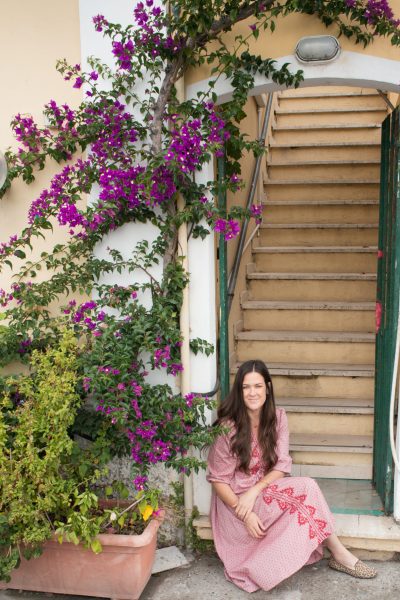#144 Michelle Sakhai: Abstract Artist Using Metal Leafing and Oils
New York-based artist Michelle Sakhai painted landscapes in oil for many years. She mostly created her paintings outside, in the method of plein aire painters. She started adding metal leafing to her paintings to show light, and before she knew it, the leafing had taken over her artwork. She now uses oils and leafing to make beautiful abstract expressionist art.
Listen here or use a podcast app, such as Apple Podcasts, Castbox, Spotify, or Stitcher.

Michelle Sakhai
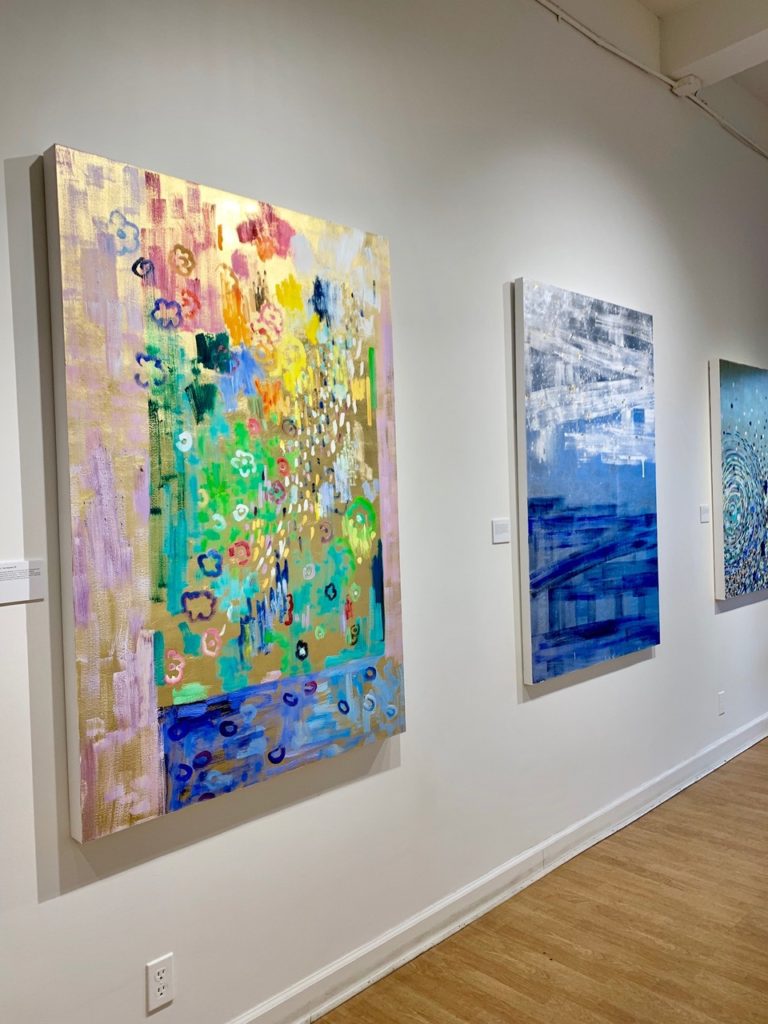

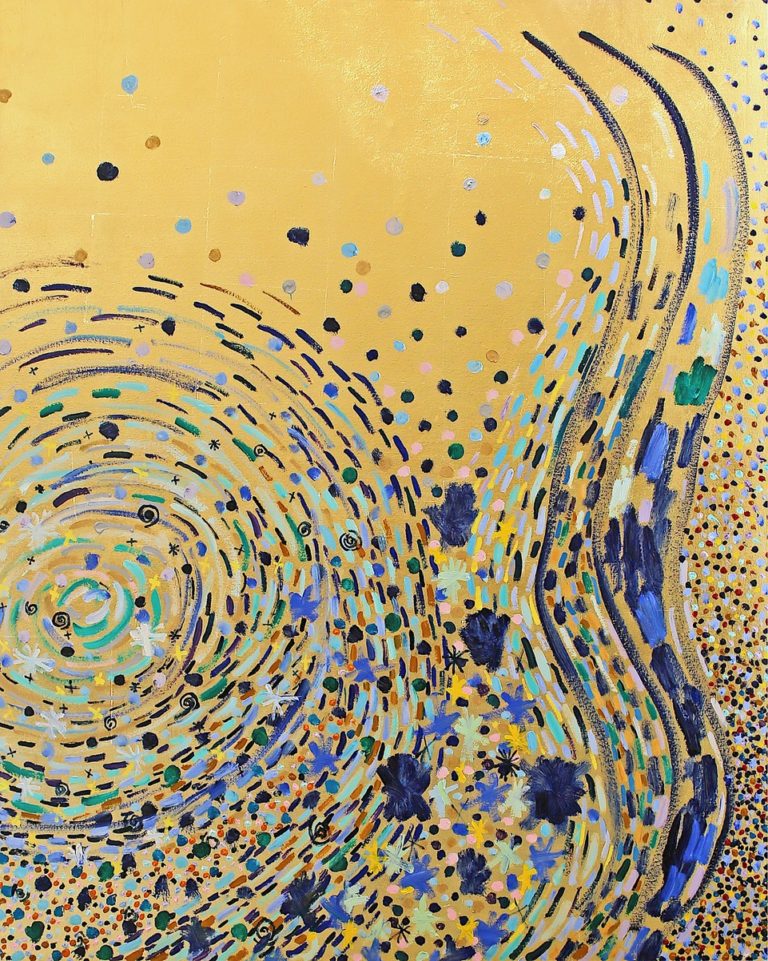





Michelle’s website is michellesakhai.com.
Her Instagram is@michellesakhai.
You can purchase her book Awakening here.
Here is a list of her current exhibitions.
Here are some great takeaways from our conversation:
- You can take inspiration from anywhere. It could be art from your childhood, inspiration from nature, or from a different style of art that you are interpreting. Keep your eyes and mind open to many possibilities.
- Don’t be afraid to change your art style if you are getting bored with it. Michelle did plein aire landscape painting for many years, but then gradually changed over to working with metal leafing and making abstract paintings. It’s easy to stick with the familiar but sometimes you just need to be brave enough for the challenge of something new.
- Allow your style to evolve over time. You’re not going to change your style completely overnight.
- Plein aire painting can be very exciting, because you’re constantly chasing the sunlight, and reacting to what the shadows are doing to your scene. Even what you hear and feel from the weather can effect what you’re painting. It can be a fast way to work, and Michelle generally worked on smaller canvases when she was painting outside.
- Michelle feels that the skills that you learn doing plein aire painting are a great foundation for other types of art. You’re just diving in, you’re learning to work quickly, you’re learning to react to the scene, and it’s great practice no matter what you end up doing.
- Michelle has painted a few series of works. Painting in a series will help you to develop your style, but it will also be attractive to others who are looking to show an artist’s work.
- When you are holding an opening for a new body of work, consider including more than just the artwork. When Michelle did an opening for her Arcana series, she did a workshop and a lecture about the pieces, and she had a tarot card reader.
- Residencies are great opportunities for artists to go and make art in a different setting. Michelle did an artist residency for the Fairmont Hotel in San Francisco, and during that time she made art for the hotel. Residencies can be for art schools, cities or communities, parks, or just in unique locations. They’re a fun way to challenge yourself to do a new project.
- Don’t hesitate to apply to shows that are not in your state or country. Of course you can ship your art to the venue and you don’t need to be there. Michelle shipped her art to Qatar for an art festival, and she may go out for the opening but she didn’t have to be there in person for the take in day.

- Post category:Season 2/Show Notes









